Colombian Sweets Spotlight Bocadillo and Beyond
42 min read Explore Colombia’s sweetest traditions—from iconic bocadillo to cocadas and obleas—covering history, regional roots, pairings, and tips to savor and source these beloved treats at home. October 10, 2025 09:08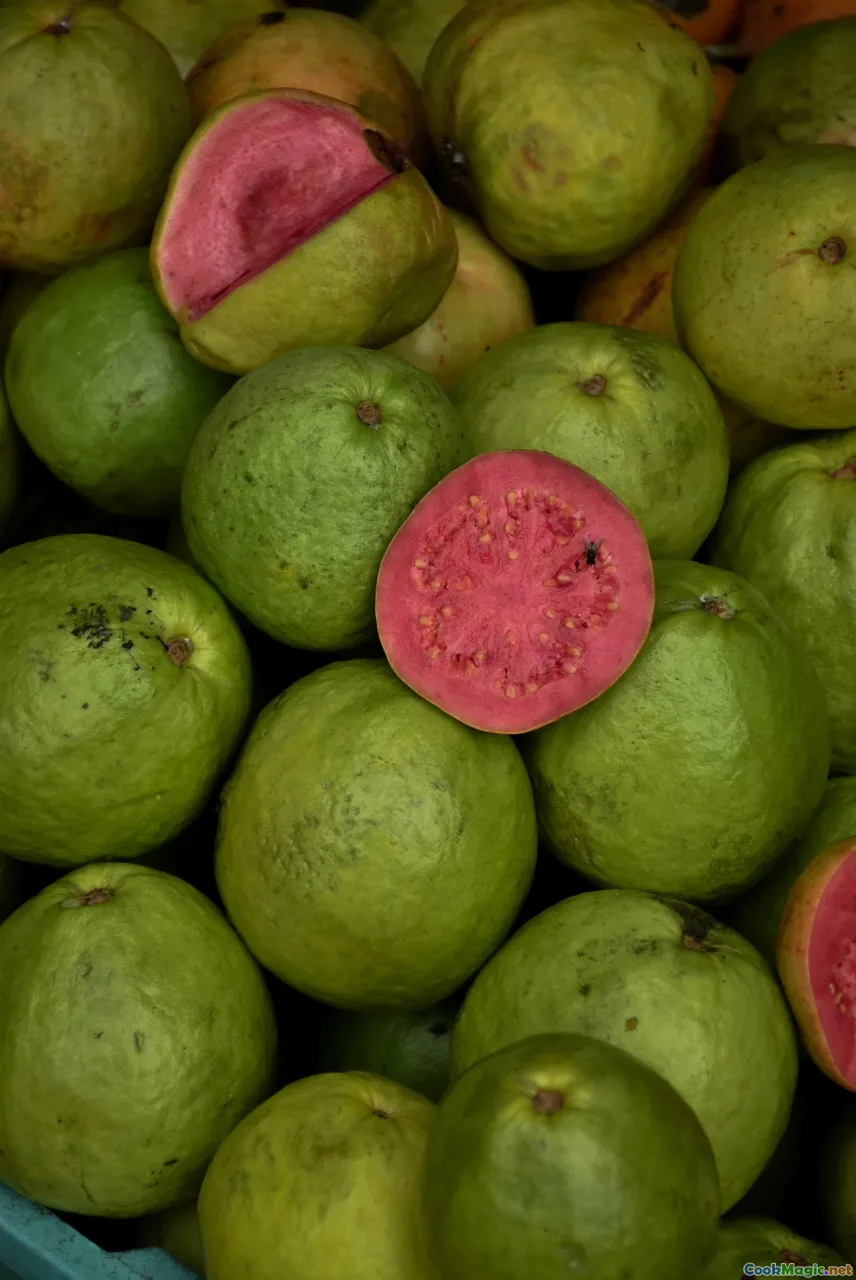
The first time I unwrapped a bocadillo on a bus crossing the green shoulders of Santander, the air smelled faintly of guava leaves warmed by the sun. The driver had bought a stack at a roadside stand where the packets were tied like little gifts—square, compact, and wrapped in cool, glossy bijao leaf. My fingers slipped over the leaf’s ridges, and as I opened it, a hush of floral sweetness rose up: tropical fruit, barely tangy, with a caramel depth that hinted at long hours over fire. The paste inside gleamed a deep, translucent red. I pressed my thumb into a corner and it yielded with a clean, juicy give. The first bite was a bell struck in the mouth—guava’s perfumed brightness, then a wave of gentle caramel and a whisper of leaf-green that lingered like memory.
If there is a one-bite map to Colombian sweets, bocadillo is the compass. It points to guava groves and cane fields, copper kettles and wooden paddles, and the everyday poetry of pairing sweet with salty cheese. Yet Colombia’s dessert landscape stretches far beyond that leaf-wrapped square: to wafers spread with arequipe on Bogotá’s windy sidewalks, to coconut confections traded in Cartagena’s arcades, to bubbling copper pots of manjar blanco in Valle del Cauca, and figs plumped in syrup for Sunday lunches in Bogotá. Bocadillo and beyond: a constellation of sweets that tastes like place.
Bocadillo Veleño: Leaf-Wrapped Pride of Santander
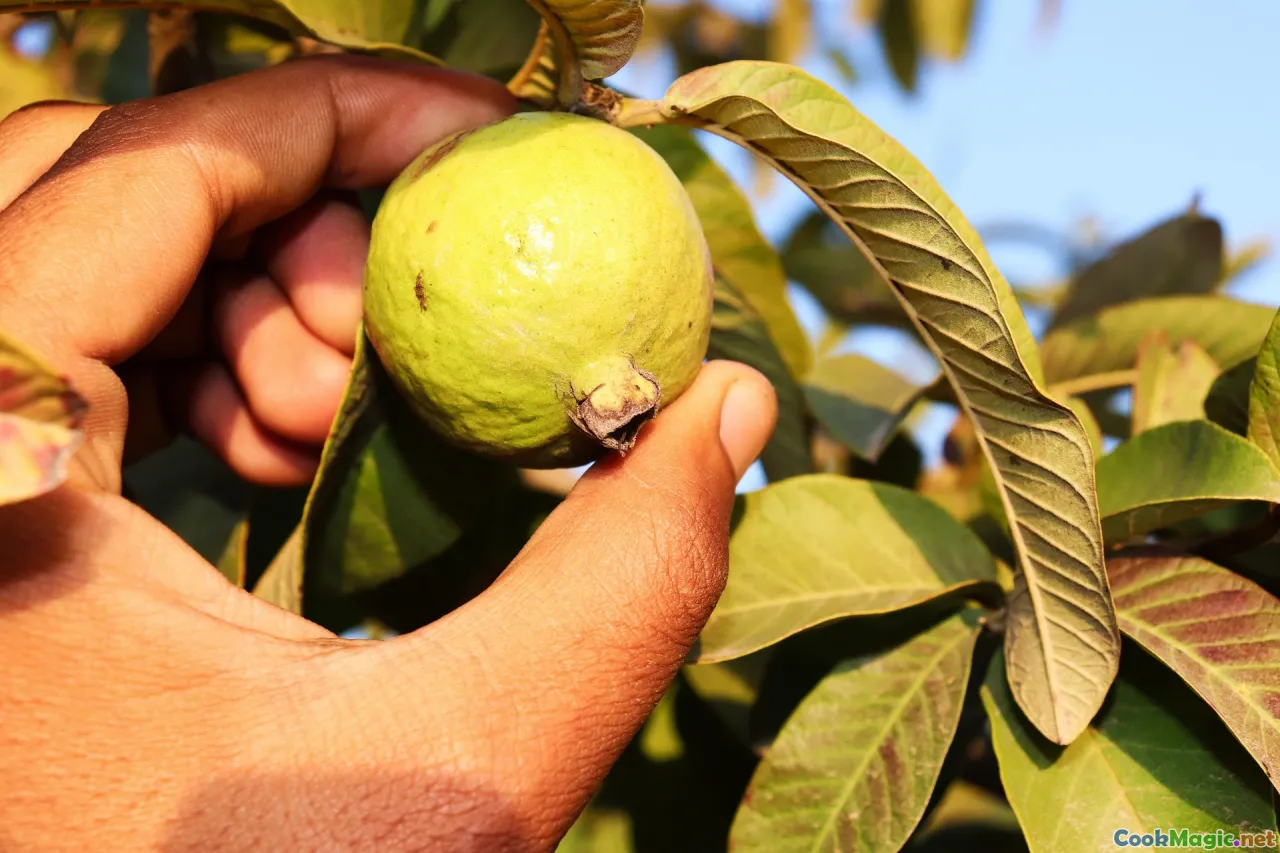
In Vélez, a colonial town set against rumpled hills and cool evenings, bocadillo is more than a confection—it’s civic identity. Bocadillo Veleño carries Colombia’s Denominación de Origen, a mark of protection that recognizes not just a product but a method and a landscape. The traditional process is disarmingly simple: ripe guavas (usually a mix of pink and red varieties, sometimes a touch of the paler pera guava for pectin) are washed, simmered with water, and hand-milled through a fine sieve to tease out seeds and skins. The pulp returns to the paila—the weighty, wide copper pot that Colombians use for all things requiring patient evaporation—where it’s cooked with sugar or panela until the mixture thickens, darkens, and begins to pull away from the sides.
What distinguishes a great bocadillo is balance. Too much panela and it reads as molasses; too little and the fruit’s perfume doesn’t carry. In Vélez, some producers favor a brighter “bocadillo blanco,” a paler brick made with refined sugar that lets guava’s color blush rather than burnish; others lean into “bocadillo rojo,” its russet glow owed to panela. Both are wrapped in bijao leaves—broader and smoother than banana leaves—which infuse a subtle chlorophyll note while keeping the candy pliant and protected from humidity. The wrapping is an edible history lesson: the Spanish brought sugar and copper, but the leaves are indigenous know-how, a natural packaging both practical and aromatic.
One afternoon in Vélez, I watched a trio of women stir a paila larger than a wading pool. The paddle was nearly as tall as the women themselves, and its slow circle kept time with a romance station playing boleros on the radio. Steam carried guava’s perfume across the courtyard. A few boys were tasked with leaf prep, running their thumbs along the bijao veins to soften them for folding. The room thrummed with a quiet, practiced choreography: pour, stir, test a smear on a cold plate, then the decisive moment when the mass—thick, glossy, and pulling into ropes—was poured into shallow wooden trays lined with leaves. Once cooled, the paste was cut into neat rectangles and wrapped, the packets stacked in pyramids and tied with narrow plastic ribbon in reds and greens. The best part came later, when the maker pressed a still-warm corner into my palm, a quiet invitation to taste the town’s pride.
Sugarcane, Panela, and the Colombian Sweet Tooth
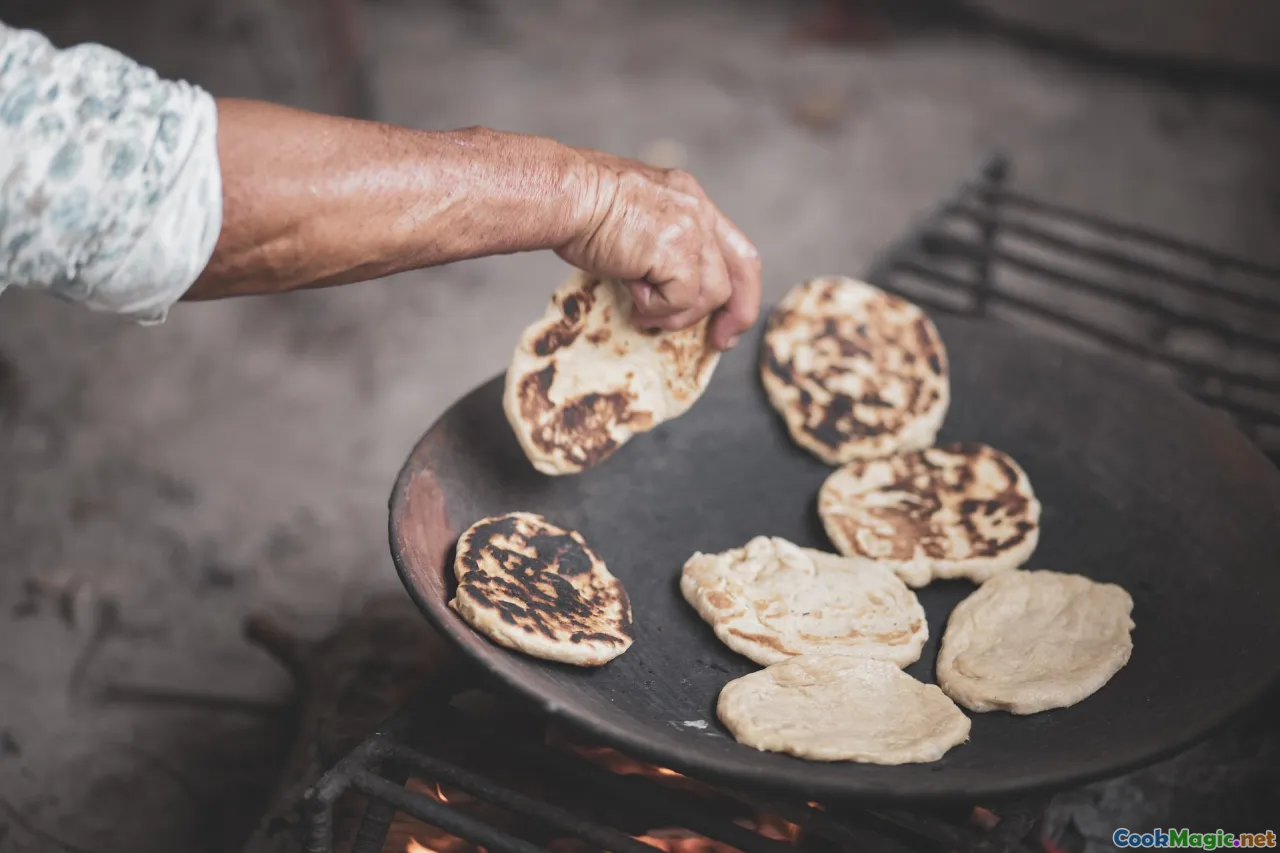
To understand Colombian desserts, follow the path of sugar. Sugarcane loves the country’s heat and light, particularly in Cauca Valley where fields run like stripes between mountains. Spaniards imported cane and the technology to refine it; Colombians adopted panela—the unrefined, deeply flavored sugar that’s a cornerstone of sweet and savory cooking. Panela dissolves into aguapanela, the country’s unofficial comfort drink; it bubbles into melado syrup for drizzling over cheeses and fresh curds; it graces fritters, breads, and many a grandmother’s remedy for a scratchy throat.
Panela also redefines the sweetness of otherwise European ideas. Take arequipe—Colombia’s version of dulce de leche—where milk and sugar are coaxed over low heat into a glossy, spoon-coating caramel. With panela, arequipe gains a toasted complexity; with refined sugar, it becomes a more porcelain sweetness—all cream and toffee. In Valle del Cauca, hours of patient stirring yield manjar blanco, a cousin to arequipe that finishes slightly lighter in color and set, often with a hint of rice flour that lends body and silkiness.
This sugar story isn’t just about flavors; it’s about texture. Many Colombian sweets emphasize a distinctly tactile pleasure: the clean slice of bocadillo under a knife; the chew of cocada; the delicate fracture of obleas; the slight granular crumble of panelitas de leche. In a country where humidity can wilt the most stoic pastry crust, tradition leans into confections that welcome moisture: fudges, syrups, boiled sweets, condensed milks—things that become better, not worse, with sticky air.
Sweet Meets Salty: Bocadillo and Cheese, the Country’s Quiet Obsession
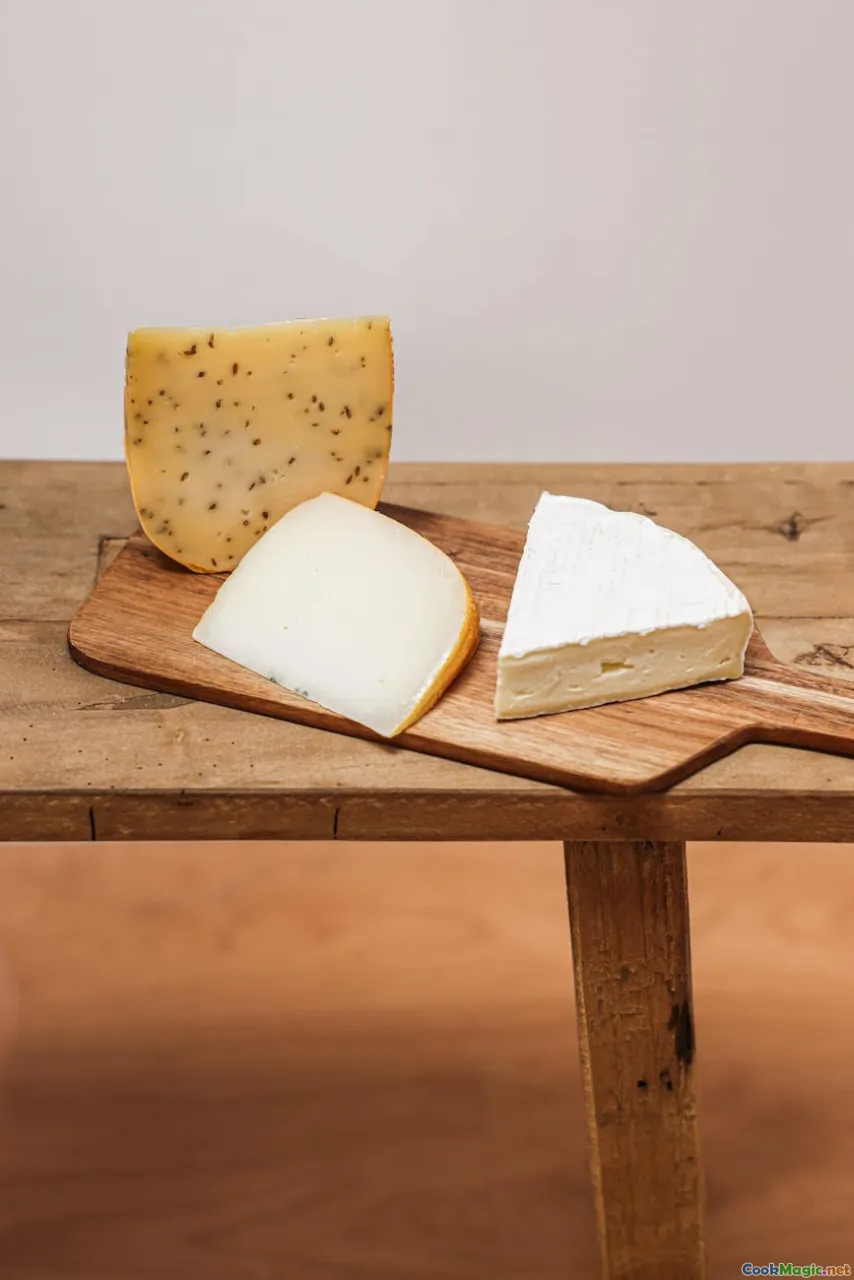
Colombians have long mastered the art of pairing sweet with salty. The archetype is bocadillo with cheese: a slice of guava paste folded with a slab of fresh, mild queso campesino or cuajada. The cheese is springy and squeaky, with milk’s pure flavor and just enough salinity to tug guava’s perfume into focus. It’s practical—fruit-and-cheese is a portable breakfast or 4 p.m. pick-me-up—and it’s also a cultural shorthand. Offer a guest bocadillo and cheese, and you’re not just feeding them; you’re pointing to fields, animals, the hands that stir and press and wrap.
Different cheeses dial the pairing up or down. Queso campesino is the classic: neat, white, and cuttable. Doble crema is a bit richer and more yielding, a good match with a tangier, lighter “blanco” bocadillo. In Boyacá, try a sliver of Paipa (a semi-firm, buttery cheese with its own Denomination of Origin) with bocadillo; the nutty finish makes guava taste almost like a well-aged jam. On the coast, salty costeño cheese—crumbly and emphatic—finds its match in softer, fresher guava pastes or even in thin slathers of arequipe on arepa de huevo.
The pairing follows Colombians through the day. In Bogotá, a morning hot chocolate might arrive with a slice of cheese to melt in the cup and a companion plate holding a stub of bocadillo. In school lunchboxes, individually wrapped bocadillo squares are tucked beside empanadas or pandebono. In bus stations from Tunja to Neiva, snack stands advertise “combo boyacense”: a piece of almojábana, a fresh cheese, a wedge of bocadillo, and a coffee, each bite negotiating sweet and salty like old friends finishing each other’s sentences.
Thin as Air, Sweet as Bogotá: Obleas, Merengón, and Postre de Natas

Bogotá, with its high-altitude crispness, produces desserts that feel like they ride the city’s wind. On the sidewalks of La Candelaria, obleas vendors stand behind glass cases stacked with fragile, tan wafers that look like giant communion hosts. They spread arequipe in glossy spirals, then add options as eccentric as a teenager’s notebook: blackberry jam, grated cheese, condensed milk, peanuts, coconut, even a scrawl of mora syrup that dyes everything fuchsia. It’s a quick, almost ritualistic assembly: wafer, spread, toppings, another wafer, then a gentle press that threatens to send the filling oozing from the edges. Bite too hard and the oblea shatters like frost; bite too soft and the filling escapes. The trick is to catch the drips with your tongue, to taste the toffee of arequipe bounce against the wafer’s toast.
Not far away, in neighborhoods where family restaurants line the streets, merengón stands beckon with vast, glossy bowls of meringue. The Colombian merengón lands somewhere between pavlova and Eton Mess: stiff, baked meringue shells that crunch into sweet dust, filled with whipped cream and fruit. Guanábana and strawberry are classics, their aromas walking a line between tropical lushness and alpine brightness. My favorite merengón lives at a roadside lookout on the way to La Calera, where the wind insists you eat fast before your whipped cream becomes cloud.
For something older and quieter, seek out postre de natas. It begins with milk, slowly simmered so that a subsurface blanket—natas—forms and is lifted off in careful sheets. Those tender skins are layered with syrup flavored with cinnamon and clove, sometimes with raisins fattened in brandy. The result tastes like the memory of milk: gentle, floral, deeply comforting. In a city that runs on coffee and deadlines, postre de natas is the opposite—time’s reward for patience.
Arcades of Sugar: The Portal de los Dulces in Cartagena
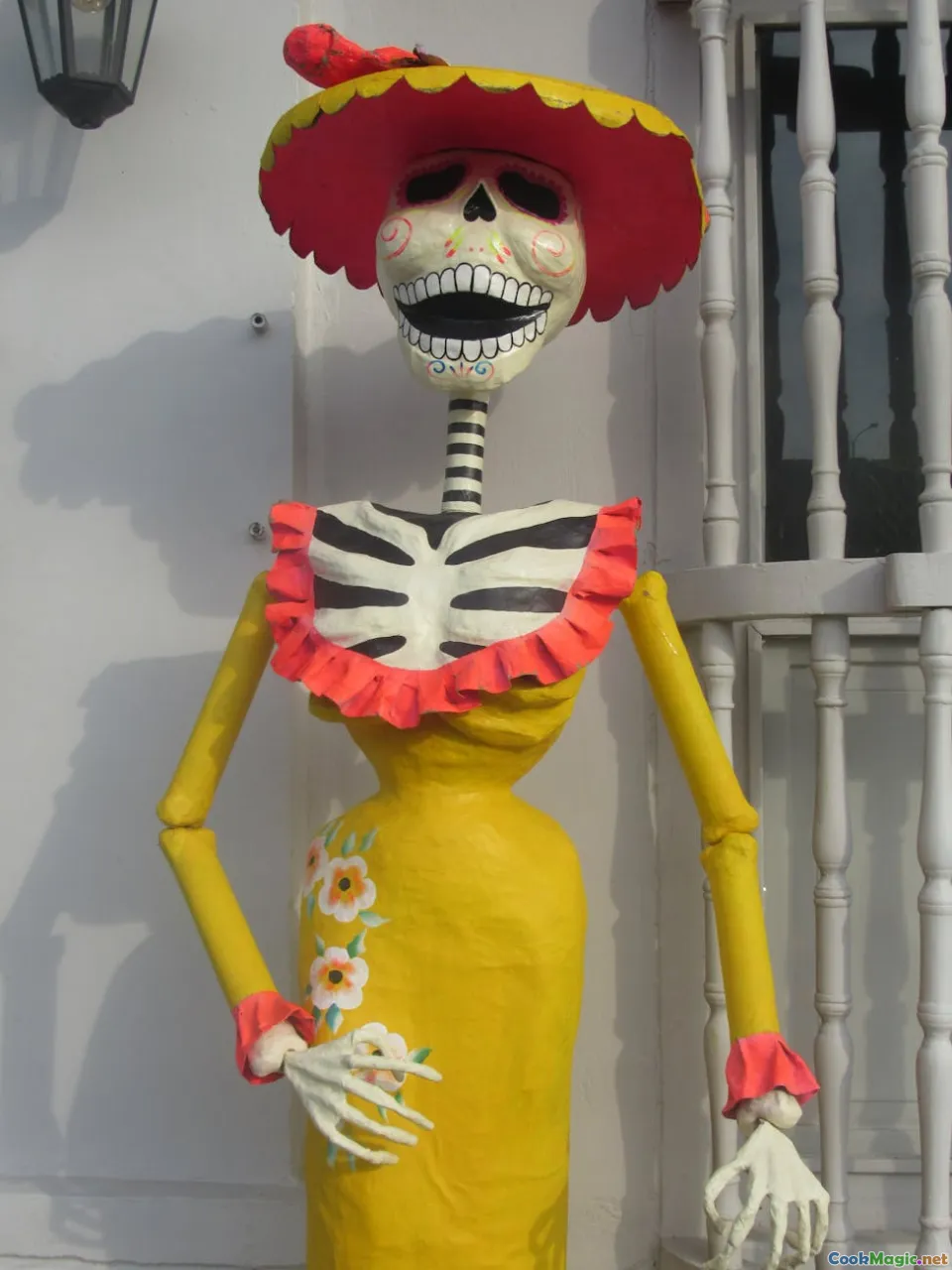
There are places where dessert and city become inseparable. In Cartagena de Indias, the Portal de los Dulces is a low arcade along the Plaza de los Coches where sweets bloom in pyramids. Under vaulted brick, vendors arrange trays of coconut candies—cocadas—some pale and creamy, others sticky and dark with panela, still others stained tropical shades by pineapple, guava, or aniline-bright food coloring that reads as celebratory rather than artificial. The air is warm, and the candy softens and luxuriates in the heat.
Cocada texture is the whole point: shreds of coconut tumble together with sugar until the mixture binds and glows. The creamy versions are often enriched with milk, cooked long enough to coax the sugars toward caramel but stopped before they grain. The panela versions—cocada negra—are denser, treacly, with a bitter edge you taste at the back of your tongue. Vendors also sell enyucado, a dense cassava cake scented with anise; bolas de tamarindo, rolled in sugar, sour-sweet and sticky on the fingers; alegrías of sesame held in saffron-colored syrup; and caballitos de coco, candied coconut ribbons that stretch like the sea’s own taffy. Buy a paper cone of mixed treats and walk the walls at dusk. The Caribbean trades in brightness and heat; these candies are that sun caught and set, edible souvenirs of afternoons you’ll keep replaying.
Valle del Cauca’s Copper Pot Alchemy: Manjar Blanco, Natilla Season, and Cholado Pride
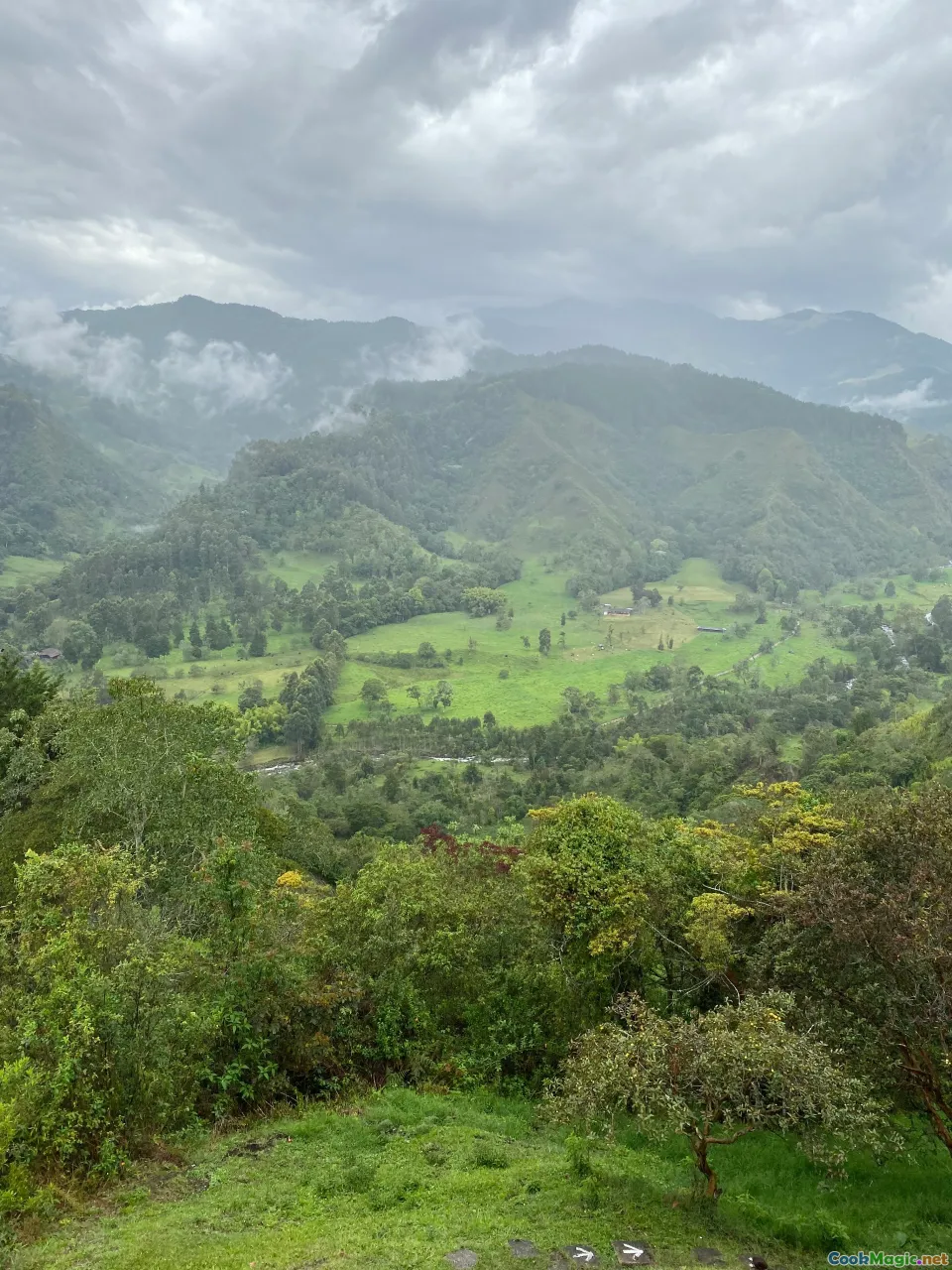
In Cali and its neighboring towns, sugar moves slowly in heavy copper. Manjar blanco is coaxed along by arm and patience: milk, sugar (and often a whisper of rice flour) simmered in a shallow paila until the mixture thickens to a glossy, elastic cream the color of an old cello. The paila makes a difference—not just because copper conducts heat, but because its broad surface encourages steady evaporation and caramelization without scorching. The stirring becomes hypnotic, the kind of work that draws families together at Christmas when kitchens hum with natilla, buñuelos, hojuelas, and manjar all at once.
Natilla may be the most democratic dessert in Colombia. Come December, it shows up everywhere—offices, sidewalks, living rooms—gingerly set on delicate plates alongside a brassy chorus of buñuelos. At its core, natilla is a custard thickened with cornstarch and sweetened with panela or sugar, scented with cinnamon, clove, and the memory of orange peel. The best natilla quivers when you nudge it and tastes like childhood: not too sweet, the spices warm but not loud, the finish clean. It’s common to spoon a line of arequipe on top or scatter grated coconut, because in Colombia more is often more when it comes to celebration.
Then there’s cholado, that glittering, riotous cousin of a sundae that could only have been born in Cali. Shaved ice tumbles into a cup; a rainbow of chopped fruits—lulo, pineapple, mango, papaya—cascades on top; syrups in neon pink and radioactive green stream in ribbons; condensed milk forms a glistening snowfall; a wafer or two stakes claim; sometimes a nob of arequipe hides in the middle like a treasure chest. Your lips go cold and sweet and tart and oddly warm from the ginger syrup some vendors add. It tastes of a market’s noise, of marimba rhythms, of heat turned into refreshment.
If you’re lucky enough to be invited to stir a paila, know this: it’s a conversation as much as a technique. The copper sings in tiny snaps when sugar bubbles; the surface sheen tells more than any thermometer. When a streak stays open a beat too long, the paila is telling you the end is near. Here, cooking is listening.
Coconut, Cassava, and Fairground Flowers: Cocadas, Enyucado, and Solteritas

Fairs and church festivals across Colombia host their own sweets grammar. In Valle del Cauca and Antioquia, solteritas appear like edible lace doilies: crisp, orange-tinted rosettes fried from a batter scented with achiote and annatto, then topped with a ring of arequipe and a cheeky dusting of powdered sugar. Bite into one and the brittle shards collapse into caramel, heat, a whisper of spice—a dessert that feels like carnival day, dress shoes on cobblestone, brass bands echoing off facades.
Enyucado, rooted in the Caribbean coast but beloved inland, is a sturdy cassava cake enriched with coconut and smoothed with anise. It smells like a grandmother’s apron drawer: sweet, herbal, clean. It’s built for long afternoons and travel, for the RCN radio humming quietly in the background as trucks pass.
Cocadas, of course, cross regions with ease. The best ones taste of fresh coconut’s almost floral milkiness. If you crush a cocada between your fingers, it should briefly resist, then give way to strands—not crumble immediately to sugar. In San Basilio de Palenque, you might find cocadas flavored with pineapple; in islands off Cartagena, with a bit of rum; in inland bakeries, dotted with raisins like a festive sweater.
Time-Honored Pulls: Alfandoque and Melcochas in the Andes
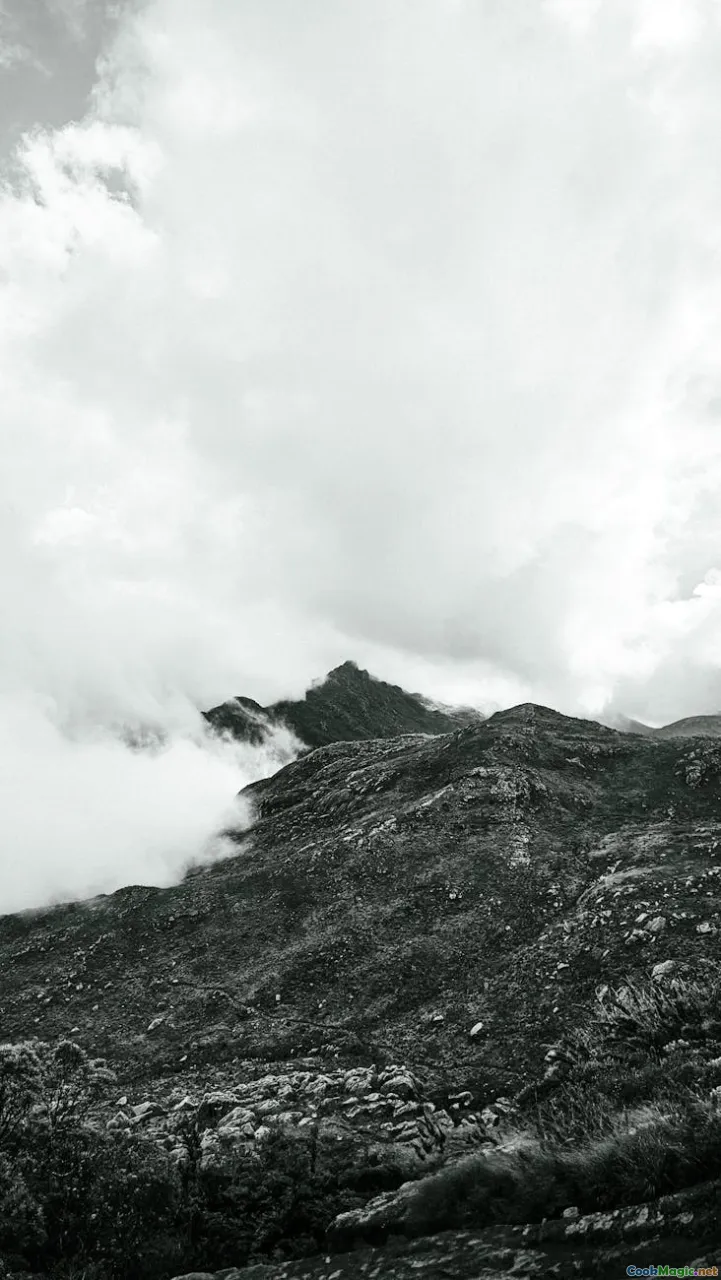
Not all Colombian sweets are sliced or spooned. Travel through Tolima or Huila and you might stumble upon alfandoque—pull candy made by reheating panela syrup to a pullable concentration and dragging it in long ropes to aerate. It begins as molten amber and, with enough pulls, becomes satin, opaline, then pearl. The pullers hook the candy around a peg or a nail hammered into a beam and stretch it like taffy. The candy creaks almost audibly as it cools and whitens. Break a piece between your teeth and it shatters with a hollow crunch before melting into a buttery molasses.
Melcochas, softer and chewier, smell like campfire and cane. Old towns sell them as ribbons folded back on themselves in glossy waves. Kids bite off sticky curls and adults pretend not to, buying two “for the house” and eating one on the walk to the plaza. These sweets came from necessity—a way to use cane’s sweetness without refining into white sugar—and remain because something about them feels honest. The line between craft and candy is thin, and the hands that know when to stop pulling are custodians of knowledge that rarely makes it into cookbooks.
Candied Gardens: Brevas, Papayuela, and Other Fruits in Syrup
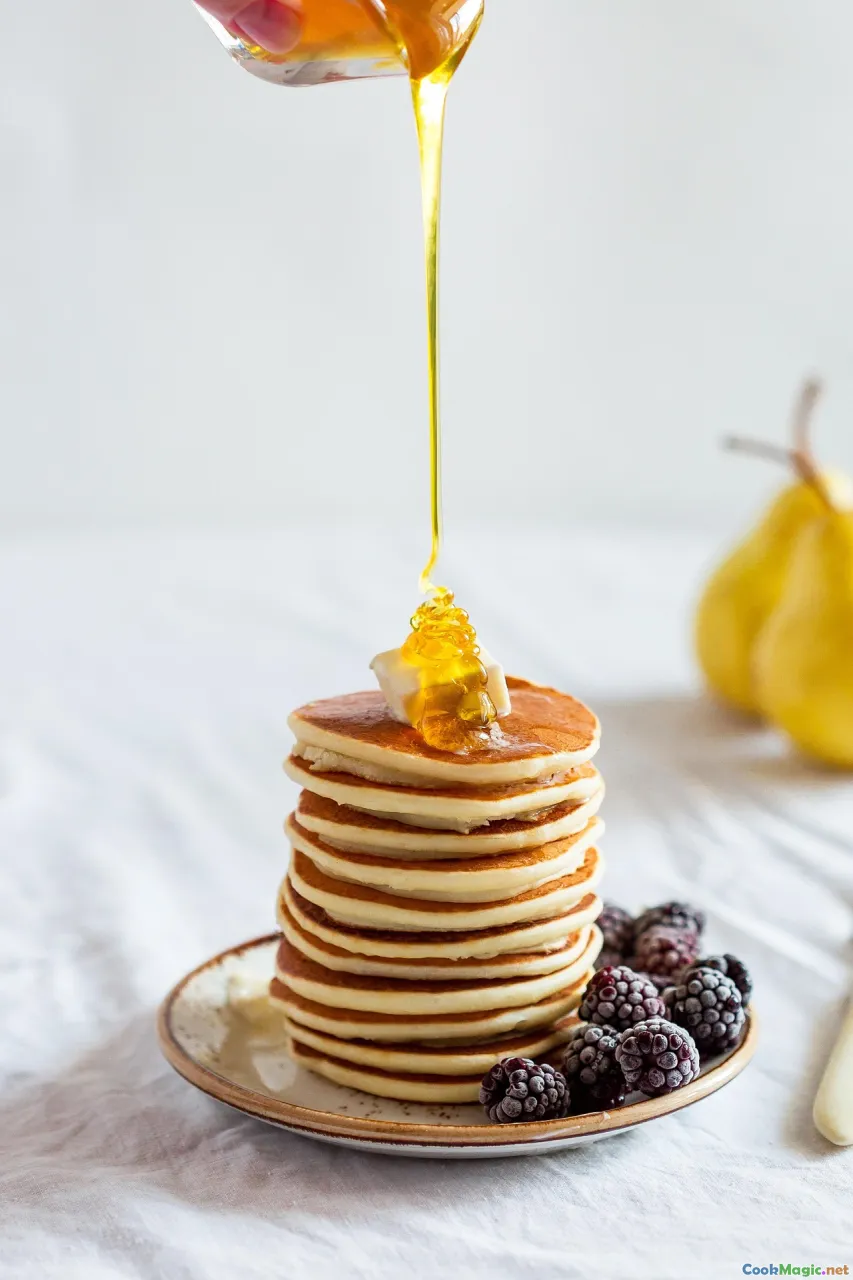
Brevas con arequipe are the quiet aristocrats of Colombia’s dessert table. Brevas are figs simmered in spiced syrup until their skins gleam like polished leather and their centers swell. Cut one open and the seeds glitter like mica. They can be served warm or at room temperature; the contrast with a cool spoon of arequipe brings balance: subtle spice against cream, jammy fruit against caramel.
In Bogotá and Boyacá, Sunday lunch might end with cuajada y melao: fresh spoonable curd draped in panela syrup. The curd is barely sour, a clean dairy note; the syrup, made by boiling panela with water and cinnamon, smells like a sugarcane field in the late afternoon. If the cuajada’s whey sneaks onto the plate and mingles with the syrup, it creates a little stream of caramel milk that’s better than any pastry chef’s sauce.
Papayuela—also known as mountain papaya—is more tart, often candied to tame its green-apple bite. Its translucence when candied is startling, like stained glass; its texture is delicately firm, almost like a cross between pear and quince. In Antioquia, you’ll see jars of papayuela and brevas lined up like trophies in market stalls, their syrup catching the light. Each jar is a season caught mid-song.
The Science of Fudge: Panelitas de Leche and Cortado Antioqueño
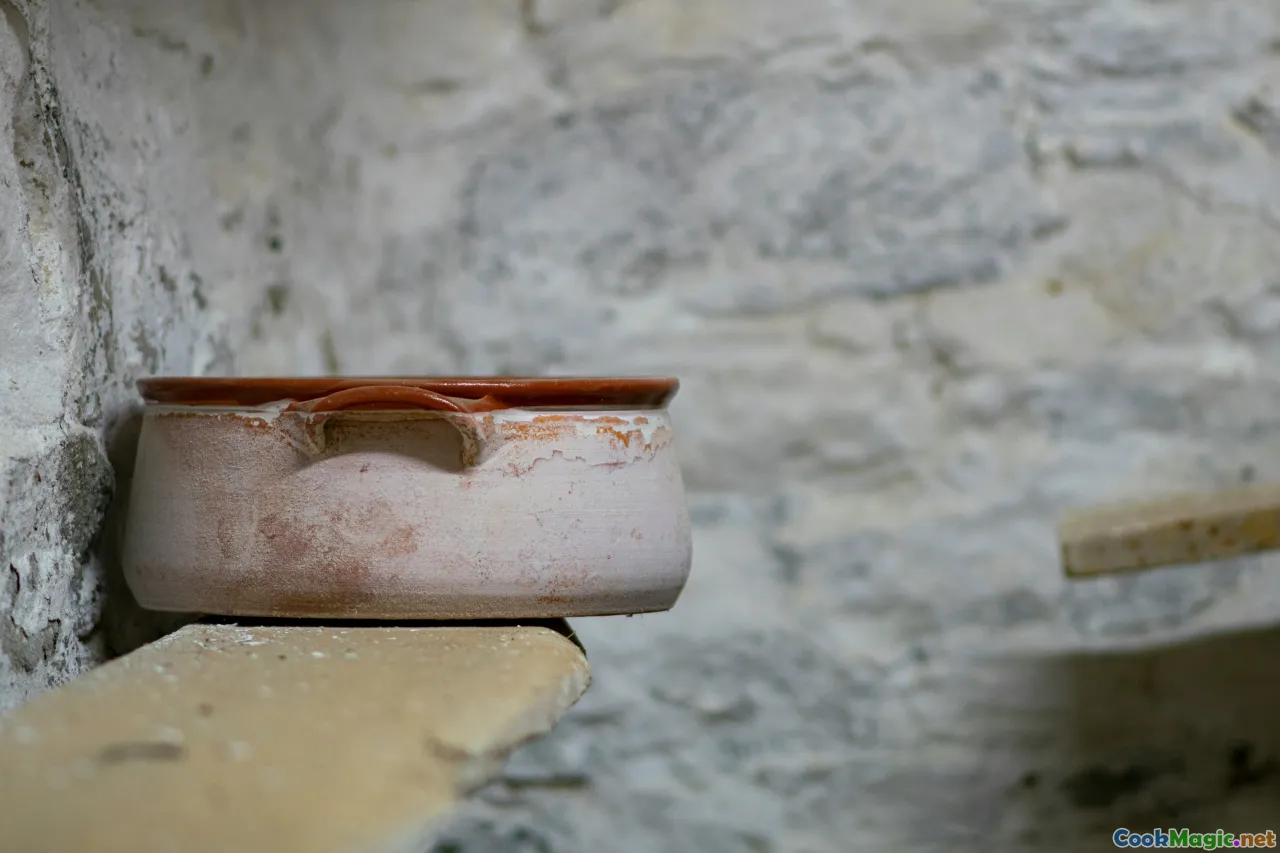
A common theme in Colombian sweets is the embrace of sugar’s crystallization. Panelitas de leche are small, dairy-rich fudges that snap into clean squares with a grain that dissolves into cream. They’re typically made by boiling milk with sugar or panela and a little baking soda (which both tenderizes and prevents scorching) until the mixture reaches the soft-ball stage. Beat it as it cools and it grows opaque and begins to hold shape. Good panelitas talk back when you bite them: a fine-grained crumble that quickly becomes silk.
Cortado de leche (or cortado antioqueño) goes one step further. Here the milk is deliberately curdled with citrus or vinegar as it cooks with panela. The curds gather into soft, bouncy pearls suspended in caramel syrup. Spoon it into a dish and you get a wonderfully contradictory texture experience: curds that pop gently under your teeth and a syrup that threads across your tongue like honey. Older cooks insist it’s a dessert that makes use of milk that’s just past fresh; modern cooks chase it for the unique texture and the farmhouse mood it conjures—linen towels, terracotta, the scent of citrus peel being zested.
Gelatina de pata, a specialty of Valle del Cauca, deserves a word too: made by clarifying the gelatin from cow’s shank and combining it with sugar and flavorings, it sets into firm, brightly colored cubes that squeak slightly as you bite. It tastes like history and ingenuity—a sweet made from thrift, then dressed in carnival colors.
Home Kitchen How-To: A Simple Bocadillo You Can Make
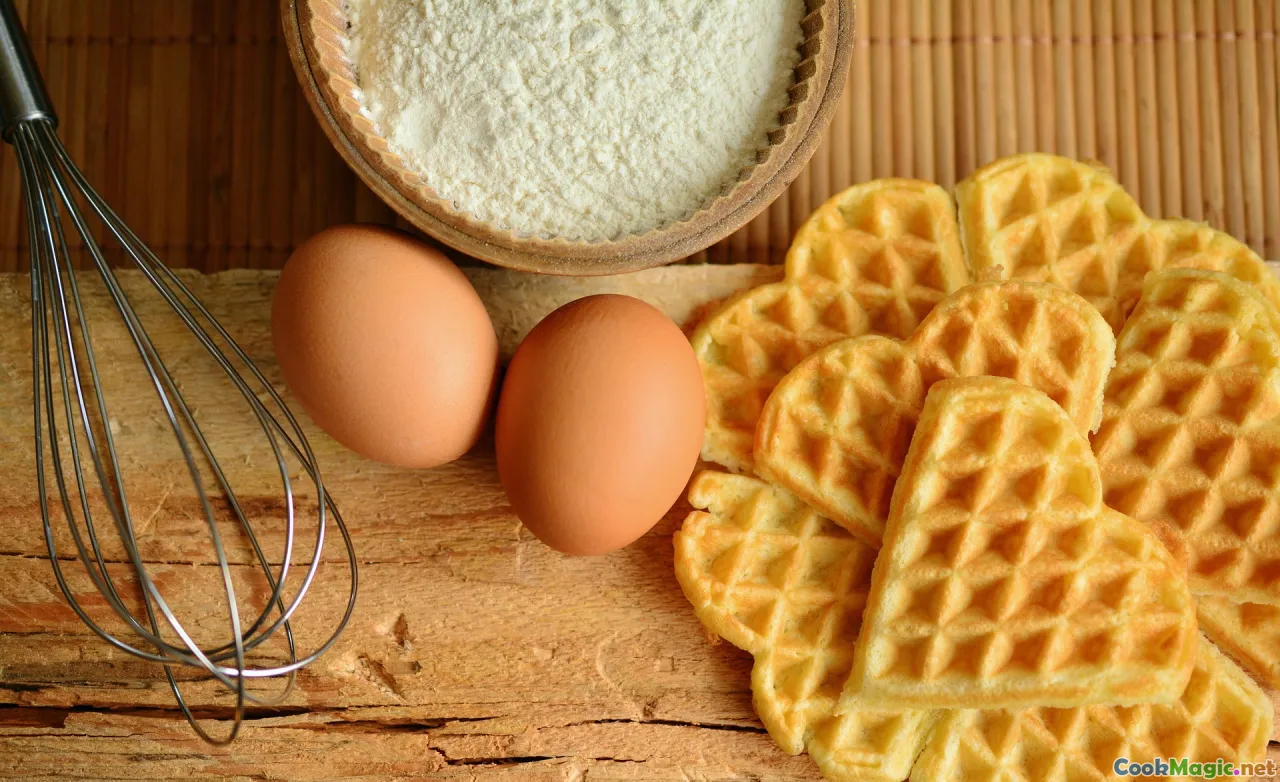
True Bocadillo Veleño belongs to Vélez, to its guavas and leaves and ways. But you can capture the spirit at home with fresh guavas and a little attention. Here’s a cook’s approach rather than a rigid recipe, because fruit varies and so should you.
- Choose ripe guavas: Look for fruit that yields slightly to pressure and perfumes the air when you hold it. Pink or red-fleshed varieties bring the classic color and floral notes.
- Rinse and chop: Cut into quarters, no need to peel. Add just enough water to cover the bottom of a pot and cook gently until the fruit collapses and the kitchen smells like a tropical garden.
- Mill and measure: Pass the softened fruit through a food mill or press through a fine sieve to remove seeds and skins. Weigh the resulting pulp. For every kilo of pulp, plan on 700–1000 g sugar or panela depending on how sweet and dark you want the result. I favor 800–900 g per kilo for balance.
- Set the pot right: Use a wide, heavy-bottomed pan. Copper is traditional; stainless will do. The wider the surface area, the more evenly you can cook off moisture.
- Cook and watch: Combine pulp and sugar. Add a squeeze of lemon if your guavas are very sweet; acidity sharpens the flavor and helps the set. Cook over medium heat, stirring with a sturdy spatula or wooden paddle to prevent scorching. The mixture will foam, then deepen in color, and thicken gradually. If you have a thermometer, you’re aiming for roughly 105–108°C; if not, watch for the mixture to pull into a sheet off the spatula and leave a trail that stays open briefly when you drag the spoon across the bottom.
- Test the set: Drop a blob on a cold plate and tilt it. It should slide slowly and hold shape at the edges. When a spoon stands briefly at an angle without falling, you’re there.
- Line and pour: Line a shallow tray with parchment or, if you can find them, blanched banana or bijao leaves. Pour in the paste, smooth the surface, and let it set at room temperature. Overnight is ideal.
- Cut and store: Cut into rectangles with a sharp knife. Wrap individually in parchment or food-safe leaf squares. Stored in a cool, dry place, the bocadillo will keep for weeks; refrigerate if your kitchen is humid.
Serve as Colombians do: with a slice of fresh cheese, tucked into a warm arepa, or nibbled on its own with black coffee.
How to Choose Bocadillo Like a Local
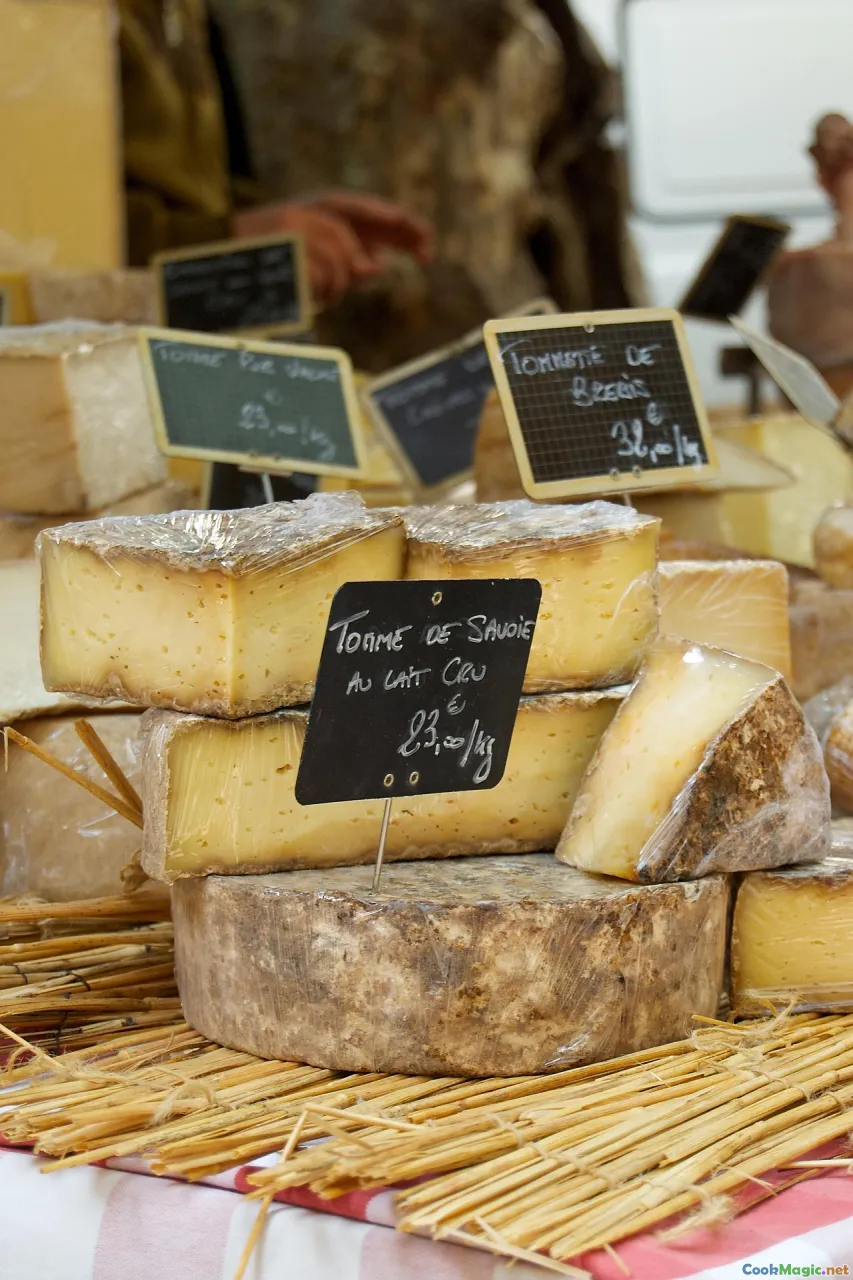
- Look at the wrap: Bijao leaves are a good sign for artisanal bocadillo. Plastic-wrapped versions can still be excellent, but the leaf keeps moisture and adds aroma.
- Check the sheen: A fresh, well-cooked bocadillo has a gentle gloss, not a sweaty shine. Excess moisture can signal undercooking.
- Press lightly: It should give but not squish. Overly firm suggests too much sugar or overcooking; too soft means it won’t hold its shape in heat.
- Smell first: Real guava perfumes the air softly. A harsh or chemical aroma is a red flag.
- Ask about sugar: If you prefer a brighter fruit note, ask for “blanco” (made with refined sugar). If you like deeper flavor, choose one made with panela.
- Taste with cheese: Many shops will offer a sample with a sliver of queso. Use that chance to check balance; the best bocadillos stand up to salt without turning sharp.
Beyond Bocadillo: Arequipe, Obleas, and the Architecture of Sweetness
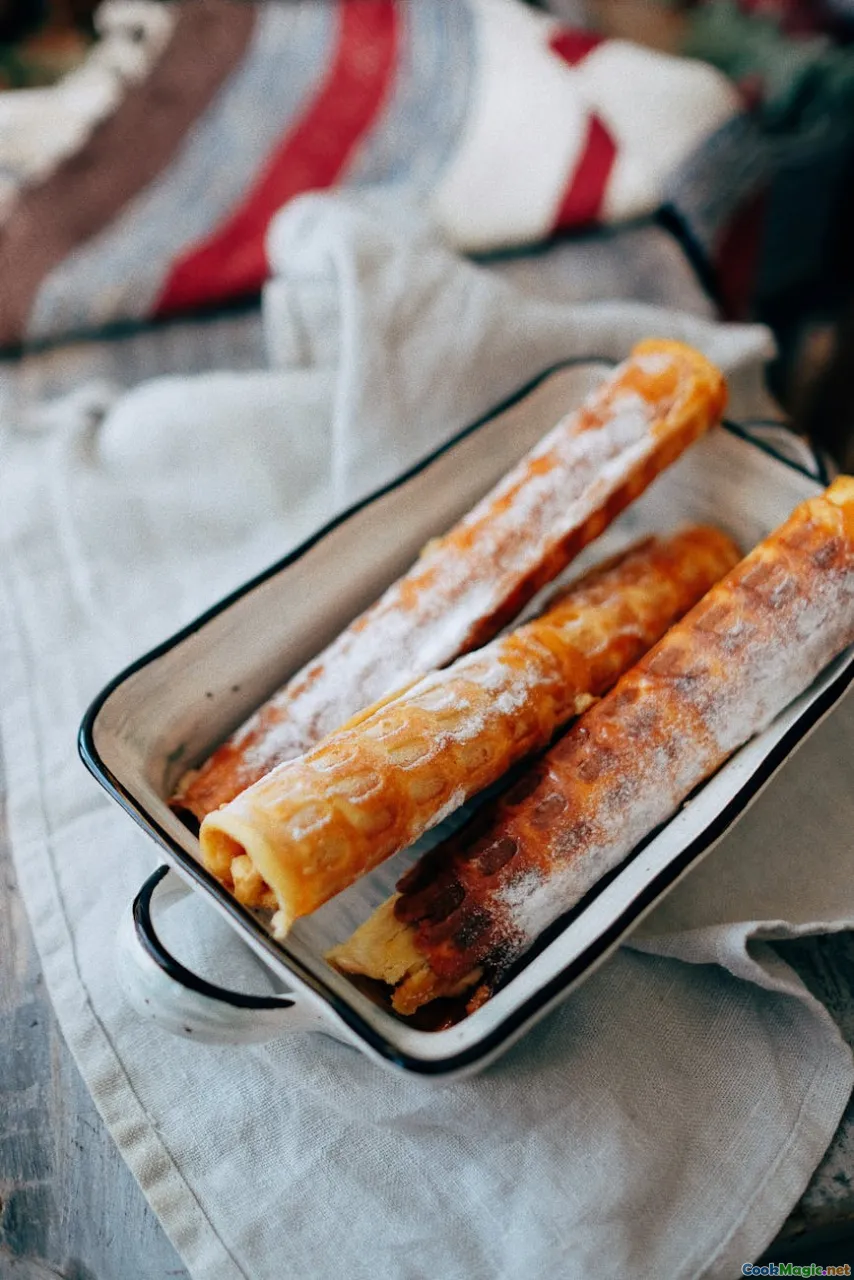
It’s easy to be seduced by arequipe’s gloss. Watch a pot of milk and sugar bloom into caramel and you’ll understand why it colonizes so many desserts. Spread it inside obleas; pipe it into milhojas (puff pastry’s local resident); nestle it in piononos rolled like rugs; spoon it into tart shells that crackle under a bruléeed sugar lid; tuck it into solteritas like jewelry in lace. The arequipe itself can shift with intent: darker and stickier for obleas, lighter and creamier for cakes. I once spent an hour in a Cali bakery tasting four arequipes: one with a butterscotch tantrum, one marmoreal and mild, one with a smoky whisper (someone had daringly let the sugar get near the line), and one so lactic it felt like an ice cream base that had never met cold.
The architecture of Colombian sweets often involves layers: wafer against caramel, sponge cake against cream, fruit against fudge. The goal isn’t minimalism; it’s a kind of harmony through abundance. The best bakers know when to stop before sweetness drowns the song. Arequipe rarely appears alone; it’s a bridge.
Where to Eat and Buy: A Sweet Itinerary
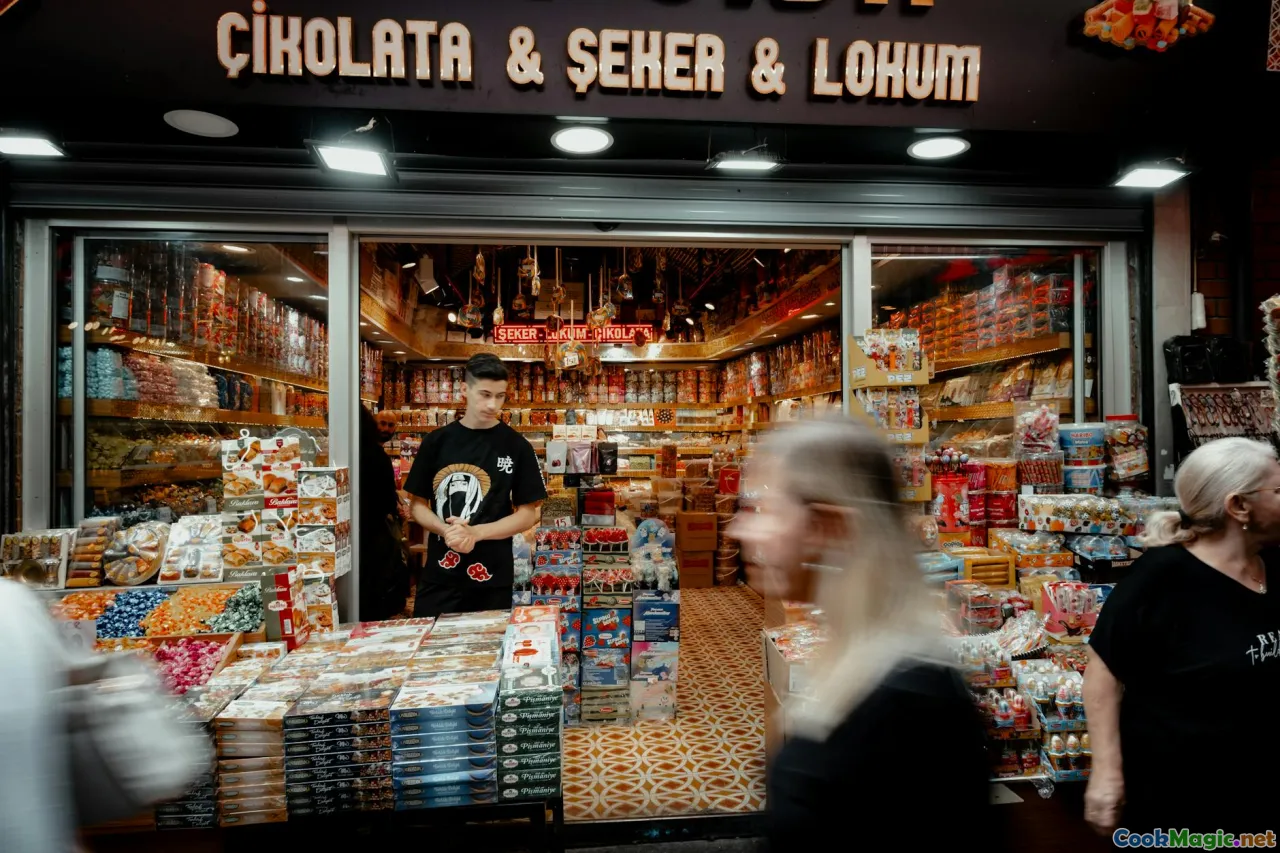
- Vélez, Santander: Seek family-run bodegas near the main square selling Bocadillo Veleño wrapped in bijao, often stacked in waist-high columns. If you can time your visit for a fair, do; demonstrations of stirring in the paila are pure theater.
- Bogotá: In La Candelaria, follow the obleas vendors and watch what locals order—grated cheese on obleas is a beloved contradiction. Try postre de natas at a historic café near Plaza de Bolívar. For merengón, drive the serpentine road to La Calera’s lookouts at dusk.
- Cali: Head to Alameda Market for cups of champús—another sweet cousin-soup that marries lulo, pineapple, cinnamon, clove, and cooked maize in a chilled bowl that eats like memory—and a cholado with the works. Bakeries around San Antonio neighborhood often sell tender panelitas de leche and airy milhojas.
- Cartagena: The Portal de los Dulces is the obvious stop, but also look for house-made enyucado and coconut sweets tucked into side-street bakeries in Getsemaní. Ask for cocada de panela if you like your sugar to hum like a drum.
- Boyacá: In Villa de Leyva’s weekend market, find jars of brevas in syrup and cuajada fresher than sunrise. Some stands sell papayuela candies that gleam like altar lights.
- Valle del Cauca towns: On the road between Buga and Palmira, watch for pailas set on three-stone hearths outside little family operations. Buy manjar blanco still warm, served on a spoon, the copper’s whisper caught in each lick.
- Antioquia: Santa Fe de Antioquia hosts sweet fairs where cortado de leche is doled in little cups. In Medellín, small confectioners sell alfeñique-style melcochas at Christmas.
A Cook’s Pantry for Colombian Sweets
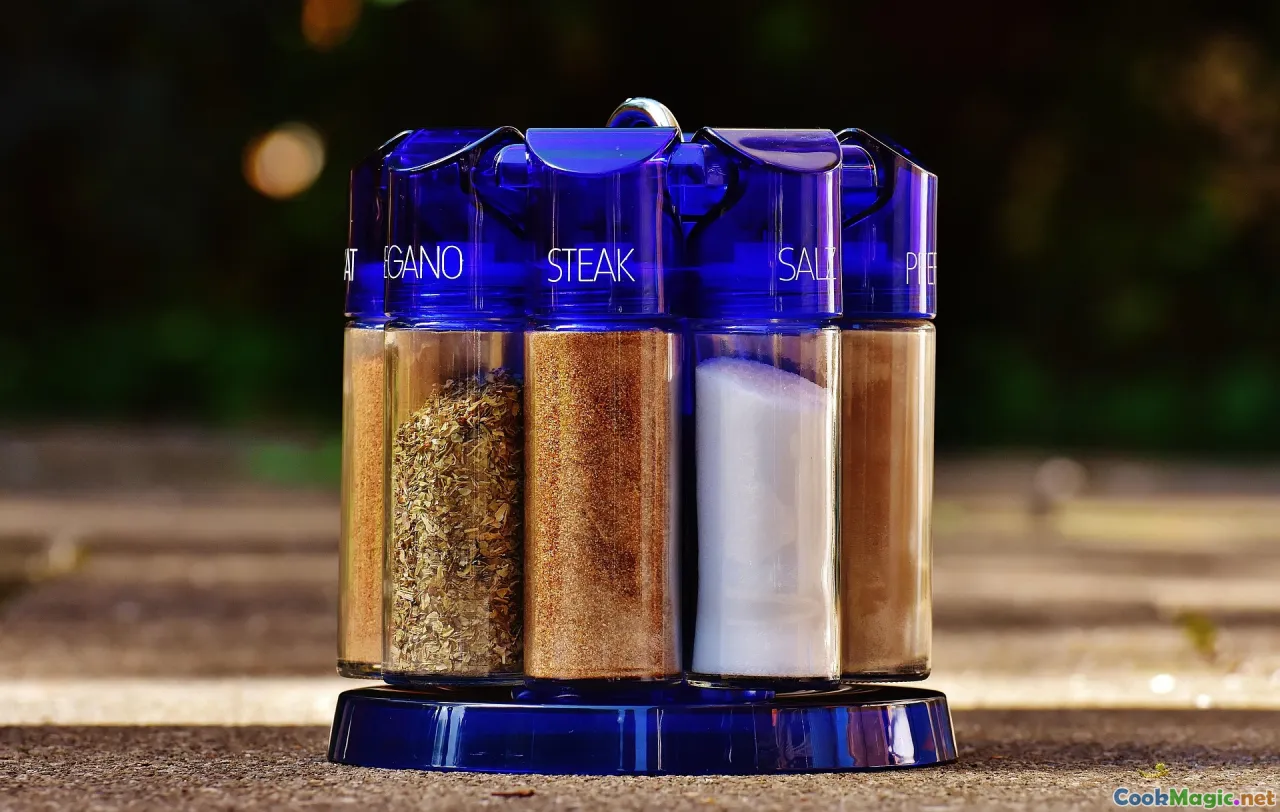
- Panela, in blocks or grated: the foundation. For syrup, melt with water and a cinnamon stick until glassy and brown.
- Cinnamon and clove: keep sticks and whole cloves; they perfume syrups without dominating.
- Fresh tropical fruit: guava, lulo, mora (Andean blackberry), pineapple. If you can’t find guava, quince can stand in for some preparations, though the aroma is different.
- Milk that tastes of milk: high-fat content helps in arequipe and panelitas. A pinch of baking soda keeps milk from scorching.
- Leaves: banana or, if you can get them, bijao. Even when not traditional, leaf lining adds aroma and prevents sticking in candies and cakes.
- Wafers: obleas can be homemade or purchased; their fragility is part of the fun.
- Cheese: queso campesino or fresh farmer cheese; the sweet-salty duet is the gram of authenticity you can buy.
Comparison Notes: Bocadillo vs. Goiabada, Arequipe vs. Dulce de Leche
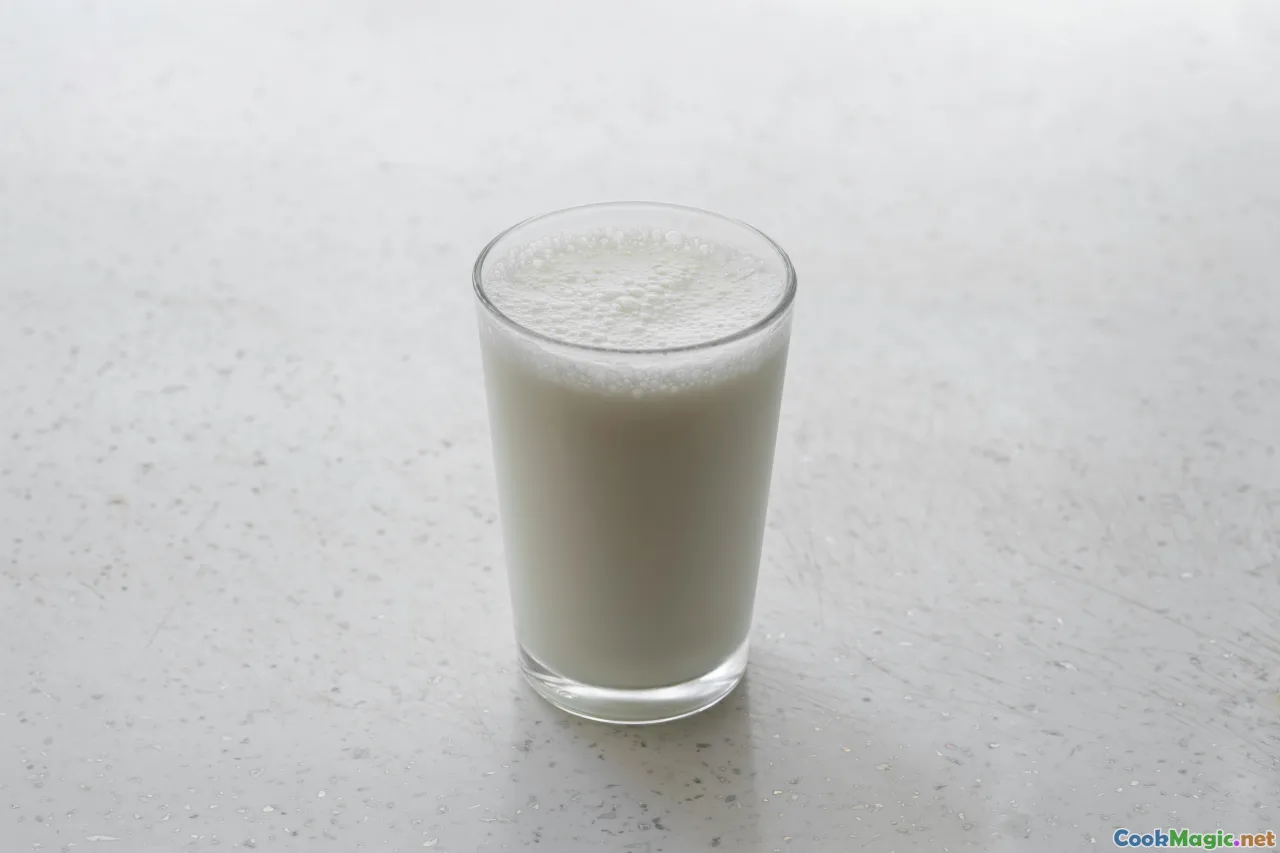
- Bocadillo vs. Goiabada: Brazil’s goiabada is close kin to bocadillo, often a bit firmer and traditionally packaged in tins or paper-wrapped blocks. Bocadillo Veleño’s leaf wrapping and the frequent use of panela lend a more herbal nose and deeper caramel. Goiabada sometimes goes more toward pure fruit brightness; bocadillo is fruit plus field.
- Arequipe vs. Dulce de Leche: Same method, different accent. Colombian arequipe tends to be slightly thicker and often darker, especially in home kitchens where panela is common. In Argentina and Uruguay, dulce de leche leans smoother and more uniform; in Colombia, you’ll find grain, streaks, and glorious imperfection—evidence of stove and spoon.
- Panelitas vs. Fudge: Anglo fudge often chases creamy homogeneity; panelitas chase a crumbling start that blossoms into cream. The difference is the point.
Tips From the Road: Eating Sweets When It’s Hot, Humid, or High
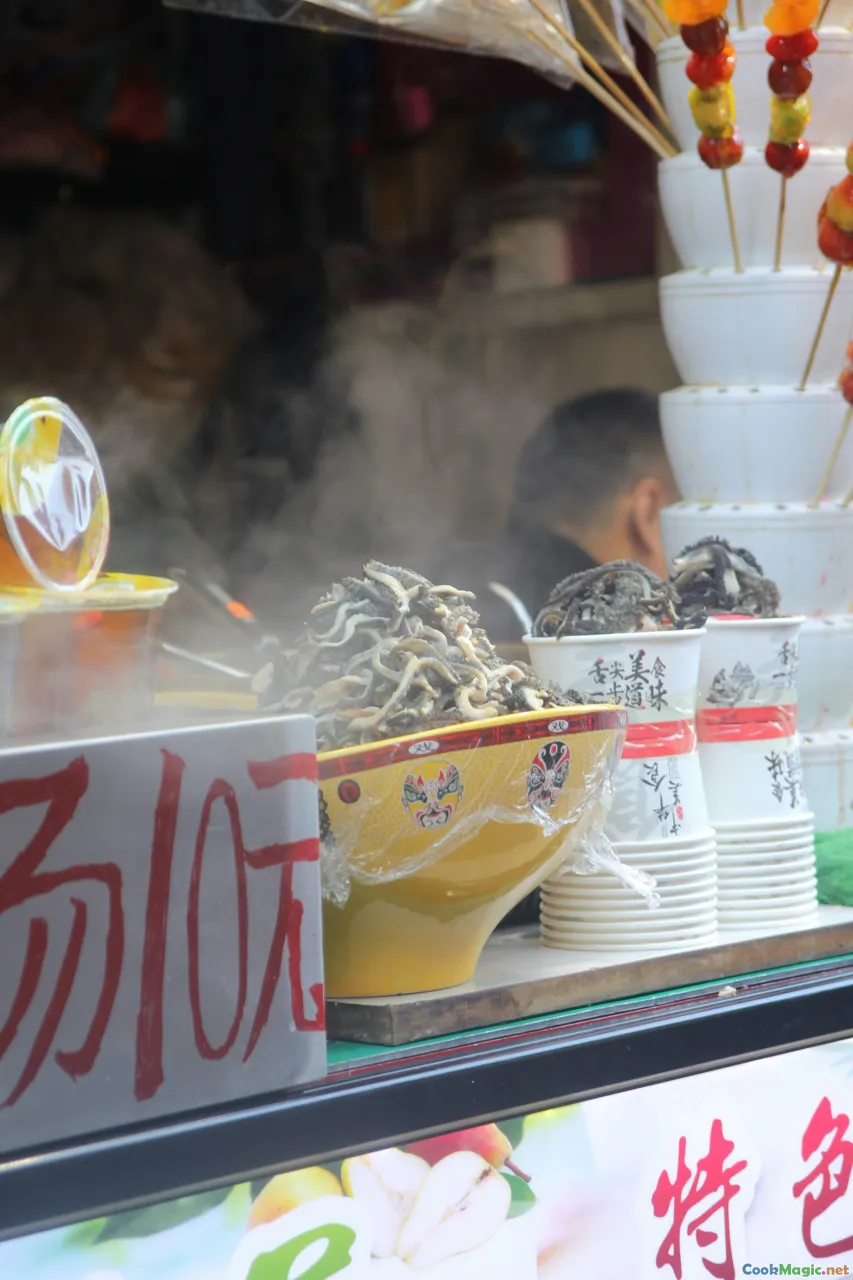
- Humidity rules texture: Buy cocadas and panelitas early in the day before sea air melts their edges. Bocadillo is resilient; obleas are not—eat them immediately.
- Street food etiquette: In plazas, vendors will happily explain candies if you ask and often offer small tastes. Bring small bills; sweets are priced to be welcoming.
- Altitude adjustments: If cooking arequipe or manjar in Bogotá or Pasto, lower boiling points mean longer time for the same thickness. Trust texture cues more than minutes.
- Pair like a local: Coffee (tinto) with panelitas; aguapanela with limón alongside arepas de choclo and a pinch of bocadillo; cold beer with enyucado at sunset on the coast—yes, it works.
A Small Story About a Leaf and a Memory

That bus in Santander rolled past hills quilted in guava. A man with a cap that said “Vélez” had tucked a stack of bocadillo packets into the driver’s compartment, payment in kind for a favor, or just a habit that made life easier. When we stopped in a town where roosters walked the sidewalk, a woman climbed on with a plastic tub of solteritas that glittered with powdered sugar in the slanted afternoon light. People bought them and balanced them on their knees like fragile hats. Music fuzzed from a radio. Someone in the back laughed—a round, leaned-back laugh—and passed a square of bocadillo forward with a “take this, neighbor.”
Years later, I can still feel the faint coolness of the bijao leaf in my hands, the first whisper of its green meeting the guava’s sunrise perfume. Colombian sweets have a way of doing that—of folding field and family, markets and music into a mouthful. They carry the patience of pailas, the practicality of pairing sweet with salty, the joy of a street vendor arranging her cocadas into careful pyramids. They are for fairs and ordinary Tuesdays, for the span after lunch when the day tilts toward story. Bocadillo sits at the center like a heartbeat, and all around it, Colombia hums: caramel and leaf, fruit and copper, sugar and song.









